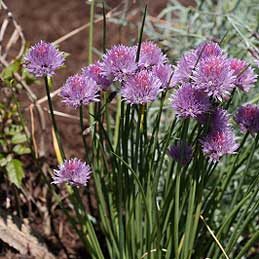
Chives
One of the easiest herbs to grow, chives is apt to self-seed all over your garden. Also, this onion relative is a perennial, so you won’t have to plant it year after year, and can easily share seedlings with others. Chives will grow in almost any type of soil, provided they have plenty of sun and are not troubled by pests or disease. To harvest, use a pair of flower snips to cut off the stems close to the base of the plant. You can also use the purple or white flowers in salads or as an edible garnish for an entrée. Once the flowers are spent, deadhead them so they don’t go to seed and make more plants.
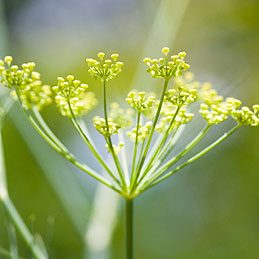
Dill
An easy-to-grow perennial, dill will also self-seed unless you pick all the seed heads to use in pickles and relishes. Dill is related to parsley, carrots and parsnips, and appreciates a sunny spot and well-drained soil rich in organic matter such as compost. While you may be accustomed to using the seed heads in cooking or preserves, try using the fresh or dried foliage-called dill weed-for a more subtle dill flavour that is especially good with fish or seafood.
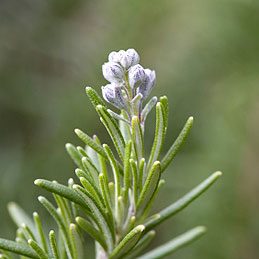
Rosemary
For those with very mild winters, rosemary will survive the cold. For most of Canada this tender perennial must be purchased and planted outdoors each year, or grown in a container that can be brought indoors for the winter. Rosemary is trickier to grow from seed than other herbs. It likes to grow in a sunny, warm location with well-drained soil. You will sometimes see your rosemary plants produce light blue flowers in mid-spring.
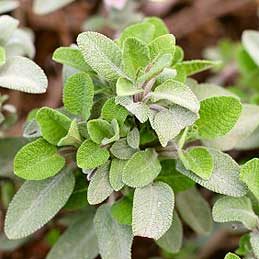
Sage
This bitter-tasting herb is a woody perennial, usually growing up to 2 feet high, though smaller varieties are also available. Full sun and well-drained garden soil will keep sage very happy, although if your soil holds moisture, the plant may rot off at the roots. For container plantings, there are numerous varieties with bicolour or even tricolour foliage, including a purple-green combination that is especially handsome. Sage is used in dressings for meats, to season poultry, sausage and pork, and in soups and sauces.
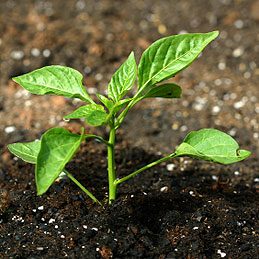
Basil
This annual is an essential for anyone who loves fresh tomatoes and good pasta, as it’s the main ingredient in most pesto recipes. Basil is a tender annual, meaning that you plant it every year and protect it from frosts. There are many different varieties of basil available for gardeners, some of them with handsome purple foliage. While the flowers and flower buds are edible, you’ll want to prevent the plant from flowering for as long as possible because once it flowers it won’t grow as well. Give your basil plants full sun and make sure that they don’t dry out in warm weather. Basil grows well in containers or isolated herb beds.
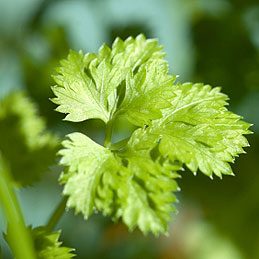
Parsley
A staple garnish for salads, soups and many other dishes, this is a biennial herb that grows as an annual. There are flat-leafed or fern-leafed varieties as well as the curled or ruffled varieties: Of these, the fern-leafed types tend to have a stronger flavour. Parsley grows best in sunny locations but it will take shade for part of the day. Make sure to work compost or other organic material into your soil to provide nitrogen for good leaf growth; and work the soil well before planting. Like dill and other carrot relatives, parsley has a long taproot and resents compacted or stony soil.
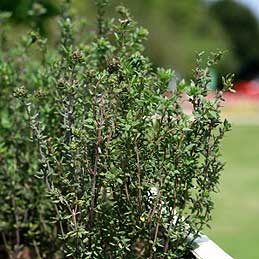
Thyme
There are ornamental as well as edible thymes, so make sure you select the culinary thymes for containers or herb gardens. This low growing, mat-forming perennial will grow best in full sun, in regular garden soil, but it likes good drainage in winter or it may not survive. For garden design purposes you can plant variegated forms with gold-and-green or silver-and-green foliage, as well as interesting scents such as lemon or orange. Thyme is especially popular for flavouring sauces and vinegars, soups, stews, and meats and fish.
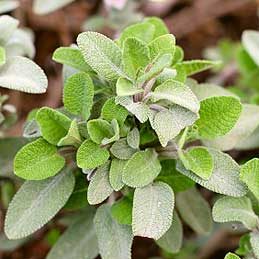
Oregano
A staple of Italian cookery, oregano is a vigorous perennial spreader, but it can be controlled by weeding if it’s in your herb bed or grown in a container if you prefer. Full sun and good drainage will keep your oregano growing well. For the best flavour, harvest shoots or leaves when they are young and tender. Remove the flower buds as soon as you see them to keep the leaves from becoming bitter. For those who want something a little different, there is a variety of oregano with brilliant gold foliage and a milder flavour that is ideal for garnishing or for use in salads.
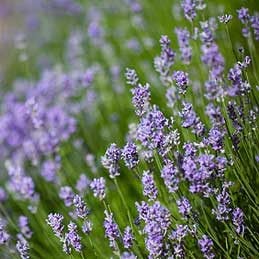
Lavender
Lavender isn’t just for soaps and sachets: Its unique flavour is used in teas, for cooking meats, and even in sweets such as chocolates and cookies. To grow lavender well, you need a hot, dry, sunny site; winter wet will kill lavender plants. You also don’t want the soil to be overly fertile, because too much soil fertility will lessen the potency of the essential oils that give the plant its scent and flavour. Although lavender is a perennial, shrubby plant, some varieties are not very cold-hardy and should be grown in containers or treated as annuals.